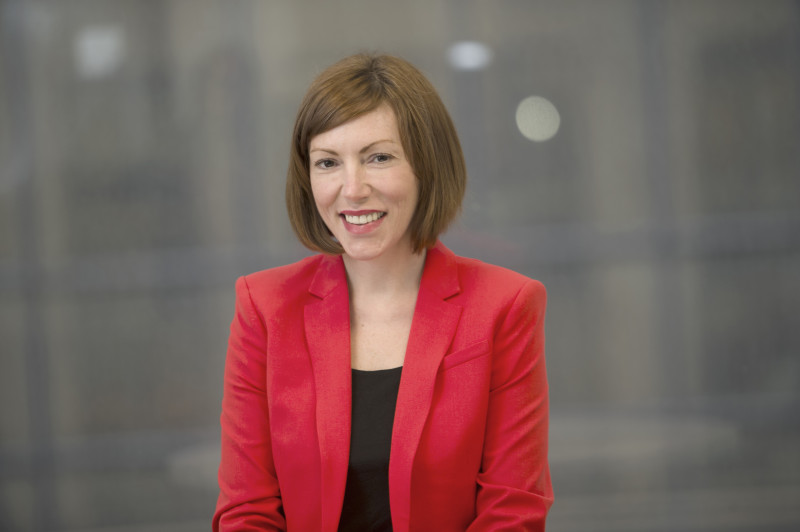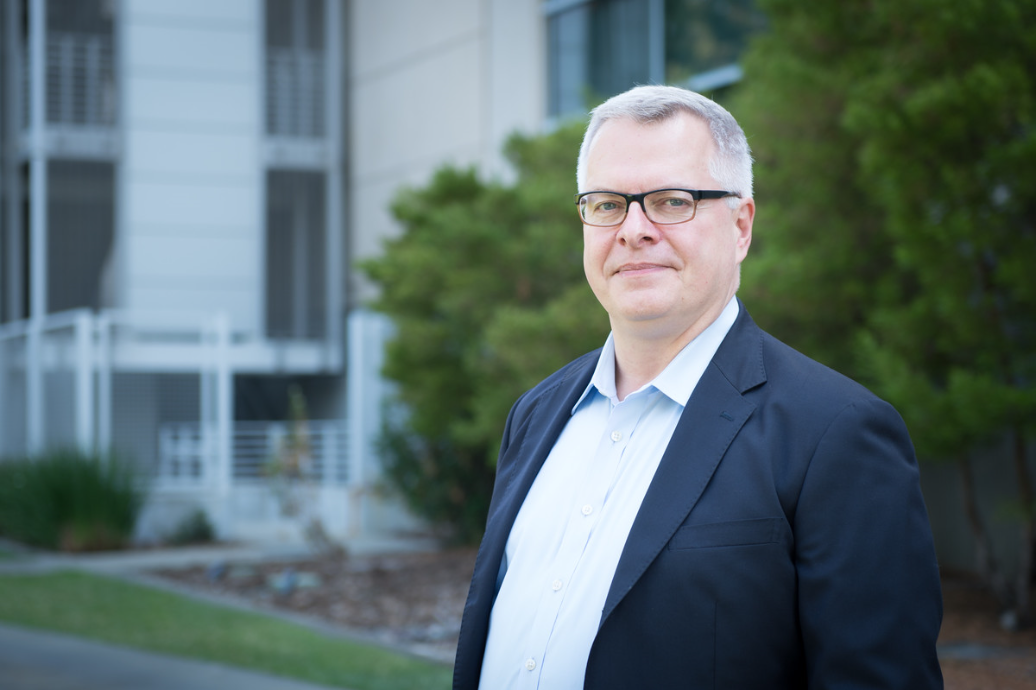Recognized by the National Academies of Medicine as a population vulnerable to health disparities, people who identify as lesbian, gay, bisexual, transgender, or queer (LGBTQ) experience specific health disparities, including limited access to health care, increased risk for certain disease types, and an inherent bias in the health system.
Considering that LGBTQ individuals account for approximately 5%–10% of the U.S. population, understanding their unique needs is vital to providing culturally competent care. As frontline caregivers, oncology nurses are central to successful patient outcomes, and they’re in a critical position to support, advocate for, and guide LGBTQ patients through their cancer journey.

Cancer in LGBTQ Populations
Understanding the rates and prevalence of cancer in the LGBTQ population is complicated. Because data aren’t readily available or included in most research, clinicians have limited evidence to guide patient-centered care.
According to Chasity Burrows Walters, PhD, RN, director of patient and caregiver engagement at Memorial Sloan Kettering Cancer Center in New York, NY, “Even though sexual orientation and gender identity are considered vital in health research by the National Institutes of Health and other organizations, comprehensive data on these topics are not included in large databases, including the National Cancer Institute’s Surveillance, Epidemiology, and End Results Program, which is the primary source for cancer statistics in the United States.”
ONS member David Rice, PhD, MSN, RN, NP, NEA-BC, 2019 ONS Congress speaker and member of the Greater Los Angeles ONS Chapter, says that cancer risk in LGBTQ individuals is complex.
“Cancer risk is influenced by a variety of factors, and some of these factors have greater impact on the LGBTQ community. From a socioeconomic perspective, some LGBTQ people have less insurance coverage and higher rates of poverty, housing, and food insecurity,” Rice says. “Further complicating the issue is that people of color and low socioeconomic status—as with other disease entities in our country—often present at later stages of disease, have less access to quality cancer care, and have poorer treatment and survival outcomes. The same is true to a greater extent with LGBTQ patients of color as well.”

Defining the prevalence of cancers among the LGBTQ community is difficult without focused population science. Furthermore, without data, preventive efforts are stifled and could contribute to some of the elevated rates of cancer seen among LGBTQ populations.
“We need sexual orientation and gender identity data to get the evidence to inform the care that we provide,” Burrows Walters says. “If we don’t include those pieces of information in our research, then we aren’t developing a substantive knowledge base that allows for evidence-based patient care. This is so important throughout the cancer continuum, from screening guidelines, like how often a transgender man should be screened for cervical cancer, to survivorship, like whether it’s safe to continue taking hormones.”
A deeper knowledge base and understanding of LGBTQ healthcare disparities are crucial to providing the best possible care to patients with cancer—because care will always intersect with gender identity and sexual orientation.
Challenges for LGBTQ Populations
Traditionally, LGBTQ individuals face several barriers to health care. Most have lower levels of insurance coverage compared to their heterosexual counterparts, and they often experience implicit or explicit bias that leads to a delay in seeking treatment. Some common behaviors in LGBTQ populations may also increase their risk of developing cancer.
“Smoking tobacco is more prevalent in gay and bisexual men and women, and drinking alcohol is independently associated with several cancers. We know that smoking and drinking have a synergistic impact on cancer incidence. Lesbians, bisexuals, and gay men have self-reported heavy, binge, and frequent drinking, which may suggest that their cancer risk could be more significant,” Rice says. “Furthermore, we know that obesity, high-fat diets, and nulliparity are associated with breast and other cancer diagnoses. Lesbian and bisexual women appear to have a greater incidence of these issues as well.”
Although data are still limited, both Rice and Walters Burrows pointed to several site-specific cancers found in higher percentages in LGBTQ individuals.
“In 2015, a review of the literature highlighted seven cancer sites that may disproportionately affect the LGBTQ population: anal, breast, cervical, colorectal, endometrial, lung, and prostate cancers. But again, there’s not much we can say about this because of the lack of population-level data,” Burrows Walters says.
Comorbidities and reduced access to preventative services—like receiving the human papillomavirus (HPV) vaccine—can also have a direct impact on cancer rates.
“Anal cancers are found in men in the general population at a rate of 1.6 per 100,000 people. Among HIV-negative men who have sex with men, that rate is approximately 5.1 per 100,000. When looking at HIV-positive men who have sex with men, that number is 45.9 per 100,000—nearly nine times the rate of HIV-negative men,” Rice says. “In men who have sex with men, it’s likely an association with coinfection with HPV. Further data suggests the annual number of new anal cancer cases for HIV-positive gay men could be closer to an average of 131 per 100,000.”
For LGBTQ individuals, limited access, bias, and lack of research—among other barriers—lead to worse outcomes and lower patient satisfaction. Addressing the issues is central to successful oncology nursing and to close the gaps in this patient population.
The Impact of Bias on Care
Both implicit and explicit bias affect the way in which an LGBTQ patient with cancer perceives and receives care. Institutions may have seemingly inclusive environments or mentioned diversity to employees, but implicit bias can be subtle and hidden in healthcare systems.
“Healthcare systems are inherently binary, at least at this point, and the challenges that poses are great,” Burrows Walters says. “Think about how that plays out where you work. Are you in radiology? Does the gown for mammograms for transgender men have to be pink? Are you in an inpatient facility? Assign rooms based on gender as opposed to sex assigned at birth. Do you work in urology? Make your transwoman’s appointment the first in the day in clinic, because their experience with prostate cancer is going to be complex enough.”
Rice and Burrows Walters encourage nurses to listen, ask questions, and foster neutral, supportive language throughout the institution.
“Displaying a poster of a patient nondiscriminatory policy or bill of rights can be an easy way to show the institution’s focus on inclusivity. Waiting rooms and common areas could also include mentions of LGBTQ inclusivity for patients and their families,” Rice says. “Forms should have selections for self-reporting sexual orientation, gender identity, and birth sex assigned on the birth certificate. Organizations should offer single-person, gender-neutral bathrooms as well.”
Nurses are adept at forming relationships and understanding patient needs. Learning the details that inform key aspects of a patient’s life enables the provision of holistic, patient-focused care.
“We need to know our patients to provide optimal care. Without knowing someone’s sexual orientation and gender, we’re missing important pieces of who they are,” Burrows Walters says. “In most healthcare settings, this information is not being surfaced to nurses. We have a tendency toward hetero- or cisnormative assumptions, meaning that we assume people are heterosexual and cisgender unless they tell us otherwise. This bias shapes our interactions, down to the questions we ask.”
Rice and Burrows Walter say that mistakes will happen when addressing sexual orientation and gender identity. The best course of action is to acknowledge the mistake, learn from it, and move on. The key is to employ cultural competence and respect for every patient.
LGBTQ Patient Advocacy
As the most trusted profession for more than 18 years in a row, nurses are central to building relationships with their LGBTQ patients with cancer and advocating for best practices at the institutional level.
“Nurses have a responsibility to ask every patient, every time, about sexual orientation and gender identity. We must ensure a safe-care environment for all patients and understand how they would like to be addressed, what pronouns they prefer, and what gender-specific information would make them most comfortable,” Rice says. “It may seem awkward at first, but it’s important for our patients.”
Rice and Burrows Walters say that nurses must keep an open mind and open lines of communication throughout the cancer continuum. By helping patients feel comfortable about themselves, nurses can ensure they’re delivering the best possible care.
“Being able to present as their authentic self is integral to a person’s cancer treatment, and nurses can help facilitate that. Think about how many providers patients see—it’s not just clinicians but also the staff at the front desk, the phlebotomists, the medical technicians—it’s everyone. That’s a lot of times patients need to come out,” Burrows Walters says. “Don’t assume anything from patients, and try to use gender-neutral language. Listen to them, use the words they use, and—most importantly—learn from them.”






